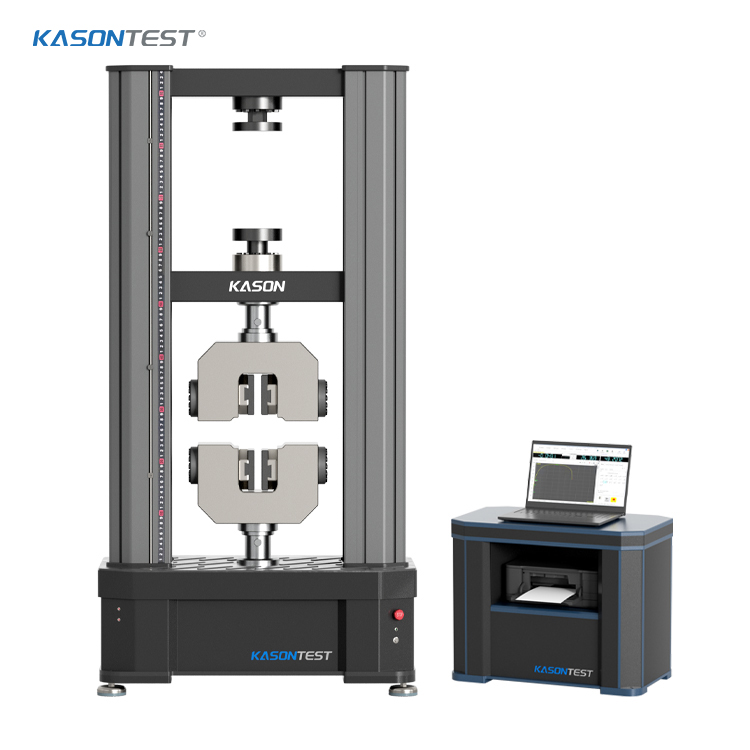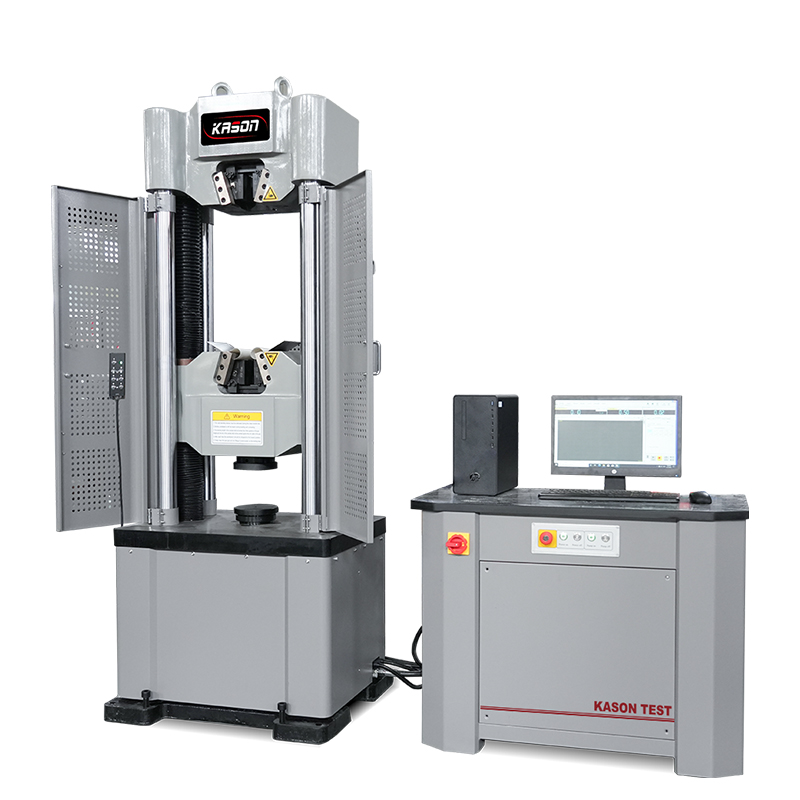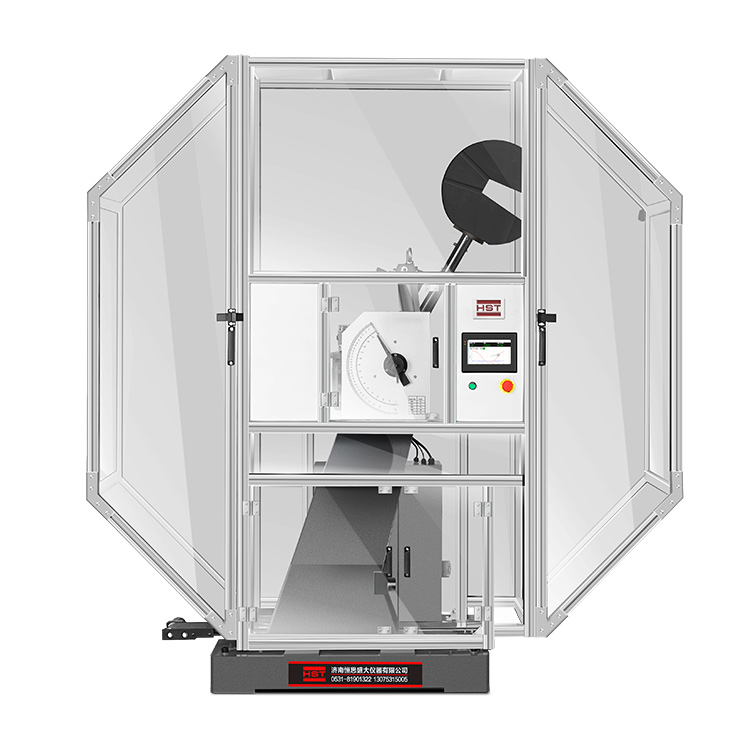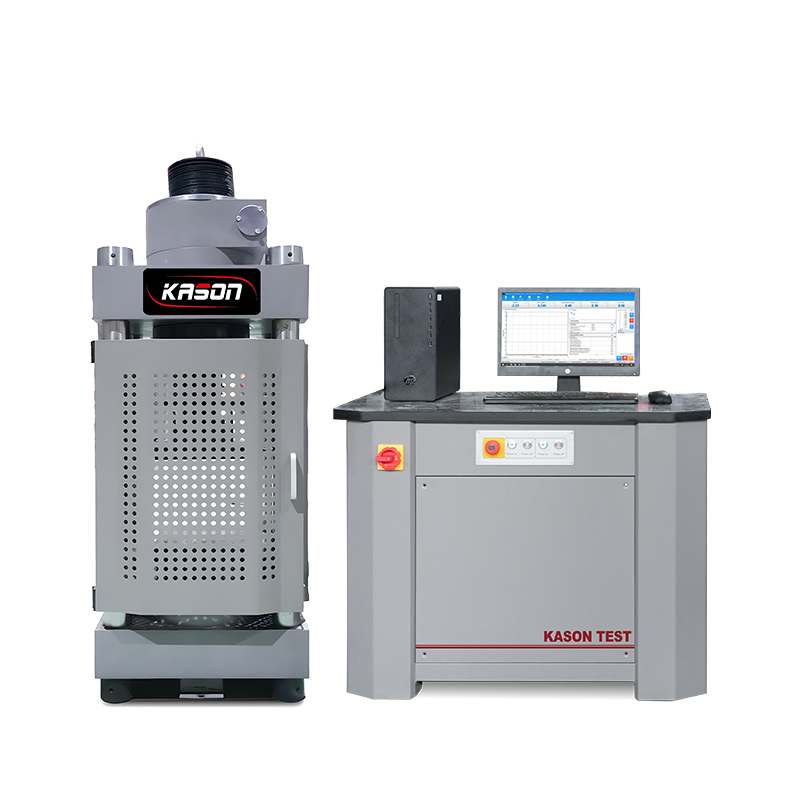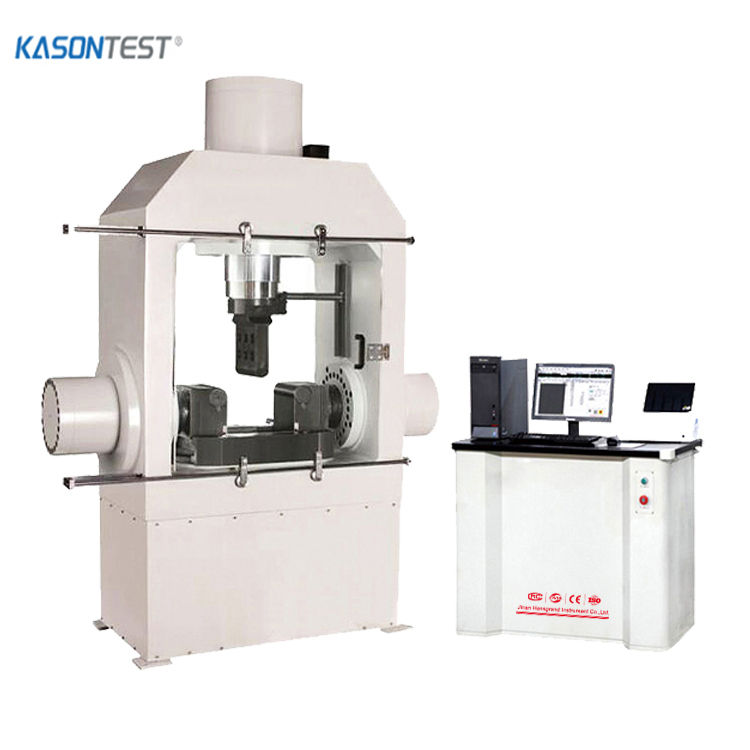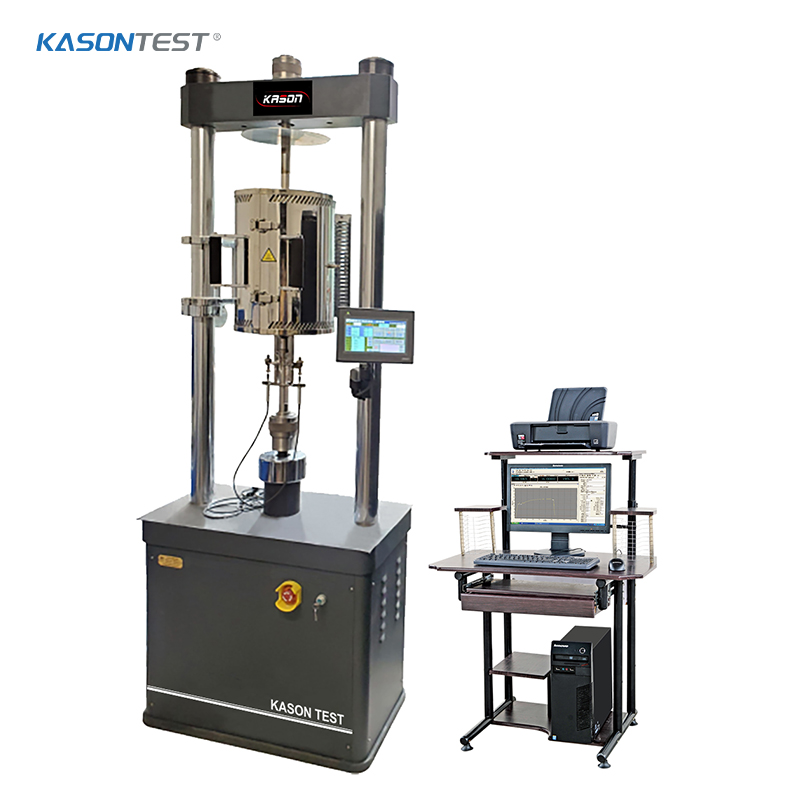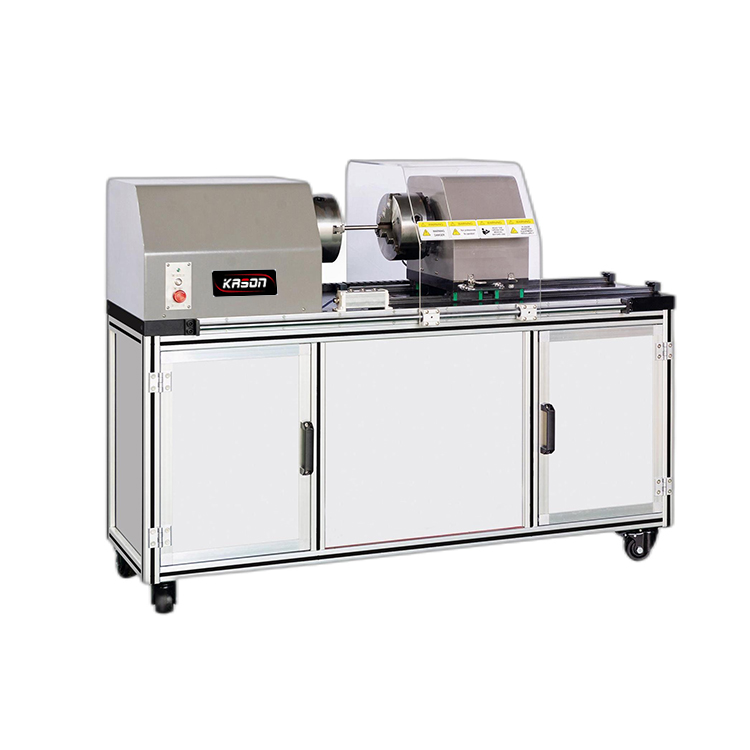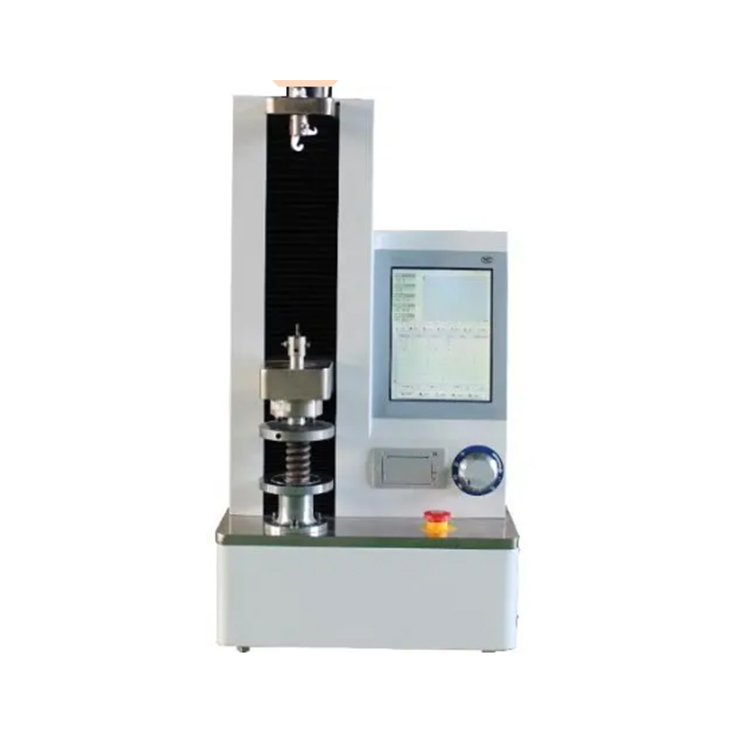Key Types of Strength Tests
Strength testing is categorized by the type of force applied, each targeting different failure modes:
1. Tensile Strength Testing
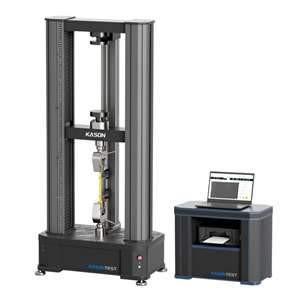
Ultimate Tensile Strength (UTS): The maximum stress the material can withstand before breaking.
Yield Strength: The stress at which the material begins to deform permanently (plastic deformation).
Elongation at Break: The percentage a material stretches before fracturing, indicating ductility.
This test is critical for materials like wires, ropes, and structural steel, where stretching forces are common.
2. Compressive Strength Testing
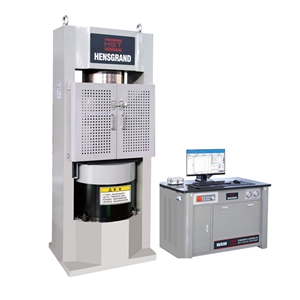
Construction materials (concrete, bricks) that bear weight in buildings.
Packaging materials (foam, cardboard) that must withstand stacking pressure.
Compressive strength—the maximum compressive stress before failure—is the primary metric here.
3. Shear Strength Testing
Measures resistance to forces that cause layers of a material to slide past each other (shear stress). For example:
A rivet holding two metal plates together must resist shear forces that could separate the plates.
A adhesive bond in a laminate must withstand shear to prevent delamination.
Shear strength testing quantifies the stress required to cause this sliding failure.
4. Flexural Strength Testing
Assesses a material’s resistance to bending forces. A sample (often a beam) is supported at both ends and loaded in the middle, measuring how much force causes it to bend or break. This is critical for:
Structural beams, floorboards, and furniture components.
Materials like glass or ceramics that may crack under bending stress.
Flexural strength (or bending strength) is the maximum stress at the outermost fiber of the bent sample before failure.
5. Impact Strength Testing
Evaluates a material’s ability to absorb energy during sudden, high-force impacts (e.g., a car bumper hitting a pole). It measures impact strength—the energy required to fracture a notched or unnotched sample—and is vital for:
Automotive parts (crash absorbers, bumpers).
Safety equipment (helmets, protective gear).
Tools and machinery components prone to sudden loads.
Key Parameters Measured
Strength tests generate several critical metrics, depending on the test type:
Stress: Force per unit area (measured in Pascals, MPa, or psi), the primary indicator of a material’s load-bearing capacity.
Strain: The deformation (stretching, compression, or bending) caused by stress, often expressed as a percentage of the material’s original dimension.
Failure Mode: How the material fails (e.g., brittle fracture, ductile stretching, or buckling), which provides insights into its behavior under stress.
Energy Absorption: The amount of energy a material absorbs before breaking (critical for impact tests).
Testing Equipment
Strength testing relies on specialized equipment to apply controlled forces and measure responses:
Universal Testing Machines (UTMs): Versatile tools for tensile, compressive, and shear tests, with adjustable grips and load cells to measure forces up to thousands of kilonewtons.
Compression Testing Machines: Designed for high-force compressive tests (e.g., on concrete cylinders or metal blocks).
Impact Testers: Include pendulum-based machines (e.g., Charpy or Izod testers) for measuring impact strength by swinging a weighted arm into a sample.
Shear Testing Fixtures: Attach to UTMs to apply parallel, sliding forces to samples like adhesives, welds, or fasteners.

